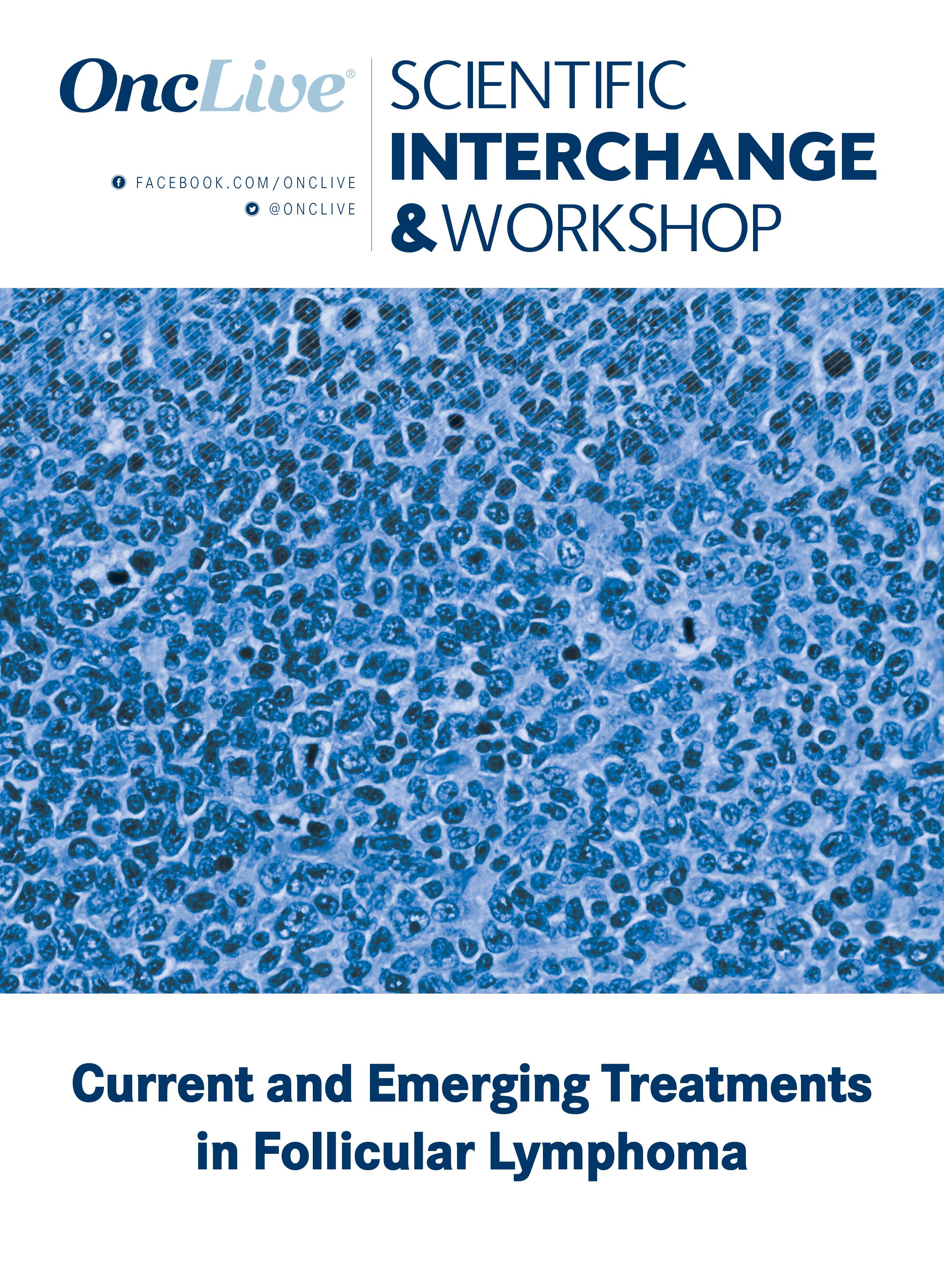Dr. Skarbnik on Active Surveillance in Follicular Lymphoma
Alan P. Z. Skarbnik, MD, discusses the watch-and-wait approach in patients with follicular lymphoma.
Alan P. Z. Skarbnik, MD, a hematologist/oncologist, Novant Health, discusses the watch-and-wait approach in patients with follicular lymphoma.
The watch-and-wait approach is often referred to as active surveillance, says Skarbnik; this does not entail sitting around and waiting. By understanding how the disease progresses, where the natural history of the disease is, and how to look for it, there is a focus on treating the patient at the right point in time, adds Skarbnik. In doing this, adverse effects can be better managed and the lifespan and the disease-free period can be prolonged for these patients.
Active surveillance may be appropriate for patients who do not present with any symptoms associated with follicular lymphoma, meaning that they do not present with significant fatigue, night sweats, or weight loss, says Skarbnik. Moreover, if patients’ blood counts are not abnormal in a significant way, they do not present with bulky disease or multiple sites of disease that are enlarged, and they do not show any indication that their disease is progressing more quickly than expected, they might be candidates for surveillance. However, it is important to note that there may be a point in their lives where treatment will be required, adds Skarbnik.
Based on the presentation of factors identified by the Groupe D’Etude des Lymphomes Folliculaires and the British National Lymphoma Investigation criteria for prognosis, how often patients are followed will be adapted depending on how they present, explains Skarbnik. If at some point in time that changes and patients present with criteria that would endorse the use of treatment then the approach for care will change at that point in time, concludes Skarbnik.




